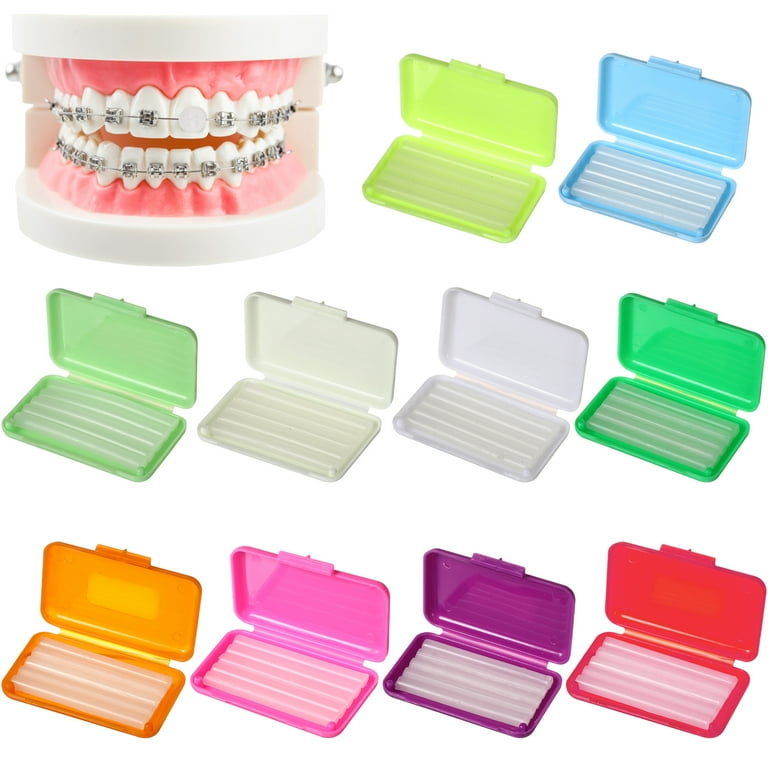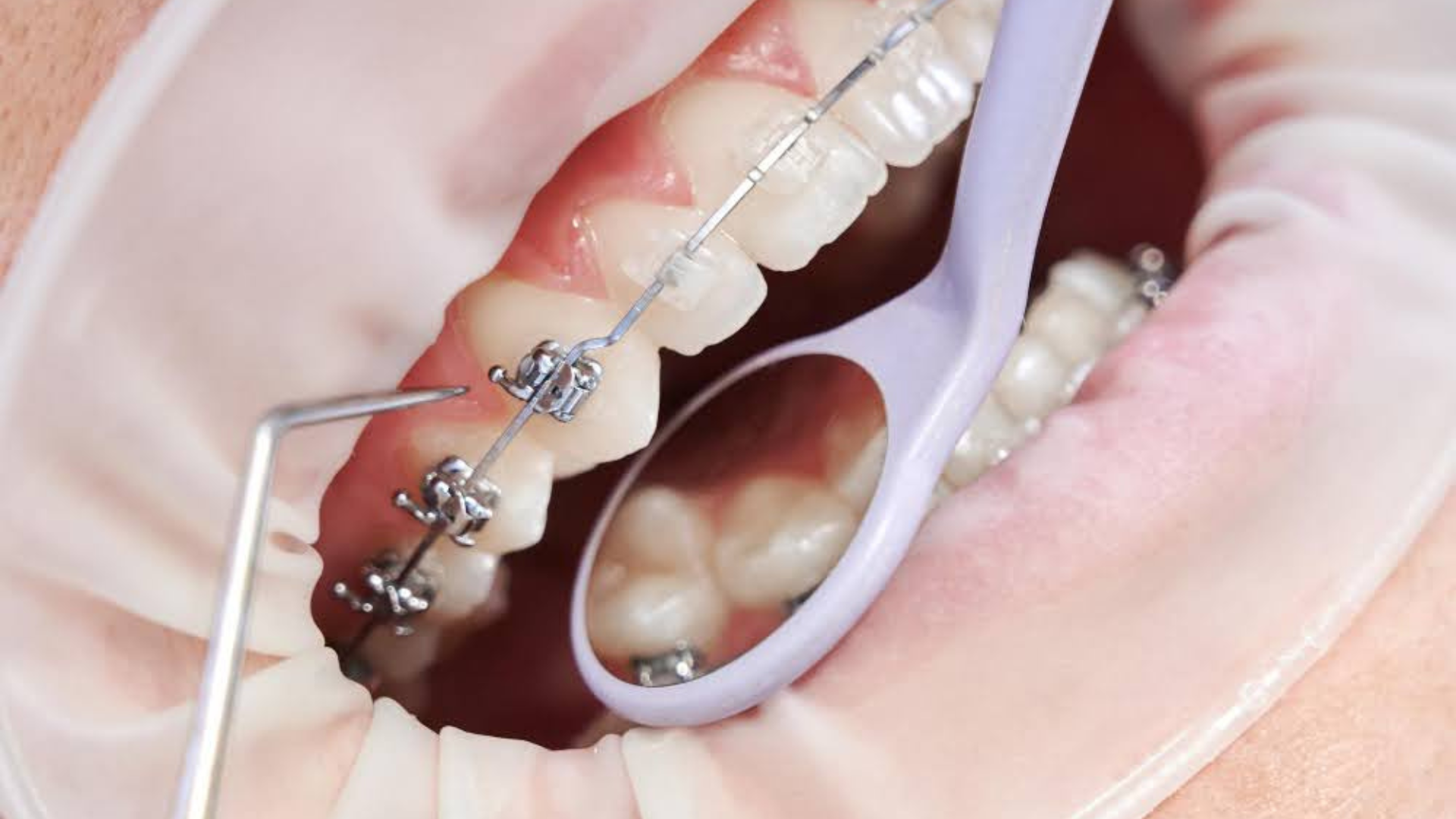Comprehensive Overview to Orthodontics Procedures for Fixing Oral Misalignments
Recognizing the ins and outs of each procedure, including their devices, advantages, and prospective downsides, is critical in making informed decisions about one's orthodontic treatment. As we navigate through the thorough guide to orthodontic treatments for correcting dental imbalances, the elaborate details of each method will certainly unfold, dropping light on the path towards a unified and functional dental alignment.
Orthodontic Procedures Review

In addition to standard braces and clear aligners, orthodontists may additionally recommend various other interventions like headwear, palatal expanders, or retainers to deal with certain positioning concerns (aligners). These treatments are tailored per patient's one-of-a-kind requirements and may entail a combination of therapies to attain the preferred outcomes. Regular modifications and surveillance are vital parts of orthodontic therapy to ensure development gets on track and to make any essential modifications along the road. By undertaking orthodontic procedures, individuals can not just achieve a straighter grin yet also enhance their overall oral health and wellness and feature.
Traditional Dental Braces: How They Work
When considering orthodontic therapies for oral imbalances, standard dental braces attract attention as a reliable approach for remedying teeth positioning. Traditional dental braces are composed of brackets, cables, and bands that interact to use constant pressure on the teeth, gradually relocating them right into the wanted placement. The braces are connected to the teeth using an unique adhesive, and the cables are threaded through the braces. By readjusting the stress of the cables, orthodontists can control the instructions and force applied to each tooth, assisting them into appropriate alignment in time.
As stress is applied to the teeth via the dental braces, the bone bordering the teeth is improved to support the new tooth settings. Patients will certainly need routine adjustments at the orthodontist's office to ensure the braces proceed to apply the proper stress for efficient teeth movement.
Undetectable Aligners: Disadvantages and pros
Unseen aligners provide a convenient and discreet choice to conventional dental braces for correcting oral misalignments. These clear, custom-made trays are essentially undetectable when put on, making them an appealing alternative for individuals looking for an extra aesthetically pleasing orthodontic treatment. One of the key benefits of invisible aligners is their removability, permitting for easier maintenance of oral health contrasted to traditional dental braces. Individuals can remove the aligners before consuming or cleaning their teeth, lowering the threat of food obtaining stuck in the home appliance and streamlining the cleaning process.

Surgical Orthodontic Options
Surgical treatments in orthodontics existing practical alternatives for attending to complex dental misalignments that might not be effectively solved with conventional orthodontic therapies. While click conventional dental braces and unnoticeable aligners can deal with several orthodontic problems, specific cases need surgical intervention to accomplish optimal results. Surgical orthodontic options are generally advised for severe malocclusions, considerable jaw disparities, and situations where the underlying bone structure needs alteration to accomplish appropriate placement.
One common medical orthodontic treatment is orthognathic surgical treatment, which includes rearranging the jaws to fix functional concerns such as difficulty speaking or eating. This surgery is usually done in partnership with an orthodontist who assists line up the teeth before and after the procedure. Surgical orthodontics might likewise entail treatments to subject influenced go now teeth, get rid of excess periodontal tissue, or improve the jawbone to produce a much more harmonious face account.
Prior to thinking about surgical orthodontic choices, individuals go through a detailed analysis to identify the requirement and prospective benefits of such treatments. cumming orthodontist. While surgical treatment may appear daunting, it can dramatically enhance both the function and visual appeals of the smile in situations where conventional orthodontic therapies fail
Retainers and Post-Treatment Treatment

Post-treatment care includes following the orthodontist's guidelines faithfully. This might consist of correct oral hygiene techniques, attending follow-up appointments, and putting on the retainers as prescribed. Failure to follow post-treatment care instructions can result in relapse, where the teeth progressively return in the direction of their initial settings. Regular retainer wear, good oral hygiene, and routine dental examinations are vital for preserving the outcomes accomplished with orthodontic surgical procedure and ensuring the long-lasting security of the fixed dental positioning.
Conclusion
In final thought, orthodontic procedures supply numerous options for dealing with dental misalignments. Surgical orthodontic alternatives are readily available for more severe imbalances. Generally, orthodontic procedures can properly enhance dental wellness and visual look.
As we navigate via the comprehensive guide to orthodontic treatments for remedying oral imbalances, the elaborate information of each approach will unfold, losing light on the path toward a harmonious and practical dental positioning. - orthodontist
One of the most usual orthodontic treatments is the use of dental braces, which consist of steel braces and cords that use gentle stress to progressively move teeth right into the desired position.When thinking about orthodontic treatments for oral misalignments, conventional braces stand out as a reliable technique for fixing teeth positioning. Additionally, undetectable aligners might not be suitable for complicated orthodontic concerns that need even more considerable teeth movement, as they are normally suggested for moderate to moderate instances. Retainers are custom-made orthodontic tools designed to hold teeth in their fixed placements after the completion of orthodontic therapy.